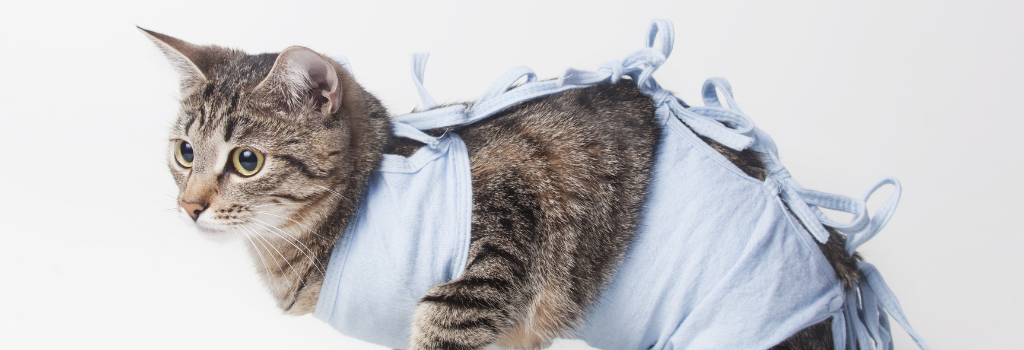Cat Anesthesia: What Every Pet Owner Should Know
It’s completely natural to feel uneasy when your cat needs anesthesia. That’s why we’re here to offer clear, medically sound information you can trust. To help ease your concerns, we’ve answered some of the most common questions about feline anesthesia and explained the steps we take to keep your cat safe throughout the process.
What Is Anesthesia?
Anesthesia is a medically induced loss of consciousness. It works by interrupting nerve signals between the brain and body, preventing pain and memory of the procedure. Your cat is completely unaware and does not feel discomfort during this time.
What’s the Difference Between Anesthesia and Sedation?
Sedation helps your cat relax but keeps them semi-conscious and able to respond. General anesthesia, on the other hand, renders your cat completely unconscious and unable to feel pain—necessary for surgical or more invasive procedures.
Why Might My Cat Need Anesthesia?
We use anesthesia for any procedure that would cause pain or require your cat to remain still, such as:
- Spay/neuter surgery
- Dental cleanings or extractions
- Imaging (like x-rays)
- Wound repair or other surgeries
Is Anesthesia Safe for Cats?
Anesthesia always carries some risk, but we take every precaution to keep your cat safe. Before any procedure, we perform a thorough physical exam and often recommend bloodwork to screen for underlying issues. These tests help us customize the anesthesia plan and ensure your cat is healthy enough for the procedure.
What Should I Know Before My Cat’s Procedure?
- Fasting: Your cat should not eat or drink after 10:00 p.m. the night before to reduce the risk of nausea or vomiting under anesthesia.
- Check-in: When you arrive, we’ll go over the procedure, review paperwork, and answer any questions you have.
- Outpatient care: Most procedures are done on an outpatient basis. Your cat will come in that morning and go home the same day with full aftercare instructions.

What Are the Risks of Anesthesia?
While rare, complications can occur—especially in cats with respiratory or heart conditions. That’s why we take the time to evaluate your cat’s health beforehand and monitor them closely throughout the procedure.
How Do You Monitor My Cat During Anesthesia?
Your cat will be connected to monitoring equipment that tracks vital signs like heart rate, breathing, and oxygen levels. In addition, a trained technician remains by your cat’s side the entire time. We may also place an IV catheter so we can administer medications quickly if needed. If adjustments are required during the procedure, we can safely lighten or deepen the level of anesthesia.
What Should I Expect After My Cat Comes Home?
After the procedure, we’ll monitor your cat until they’re waking up and stable enough to go home. Some drowsiness is normal and can vary depending on:
- The type and amount of anesthesia
- The length of the procedure
- Your cat’s age and weight
Once home:
- Keep your cat in a quiet, comfortable space
- Limit jumping or playing
- Monitor the incision (if applicable) for redness, swelling, or discharge
- Keep other pets and young children away while your cat recovers
Overweight cats may take a little longer to bounce back. If your cat seems excessively lethargic or not improving after 24 hours, give us a call.
We’re Here for You and Your Cat
At Whittington Veterinary Clinic, your cat’s safety and comfort are our top priority. If you have questions before or after anesthesia, we’re happy to walk you through everything. Please call us at (337) 893-8522
